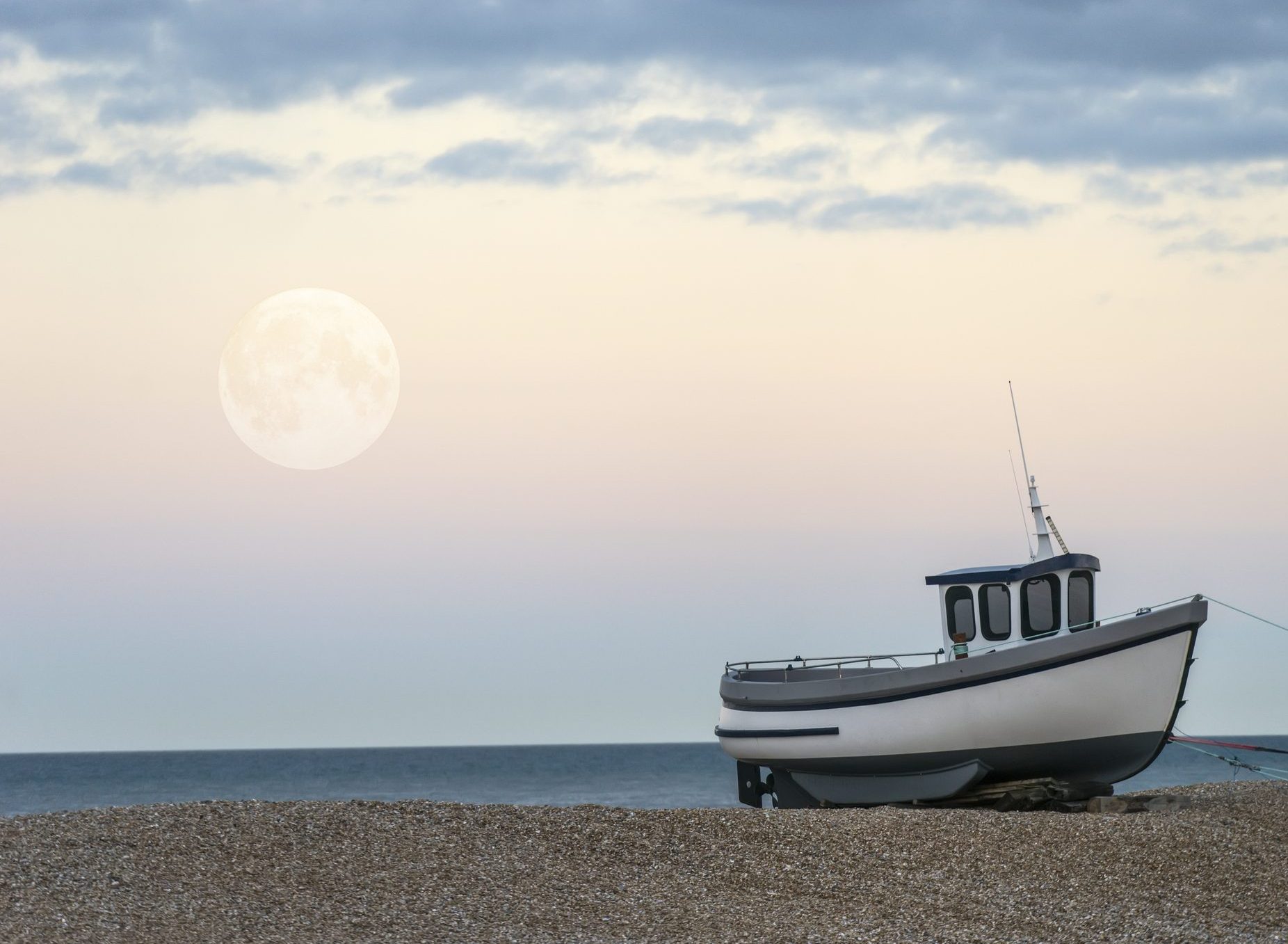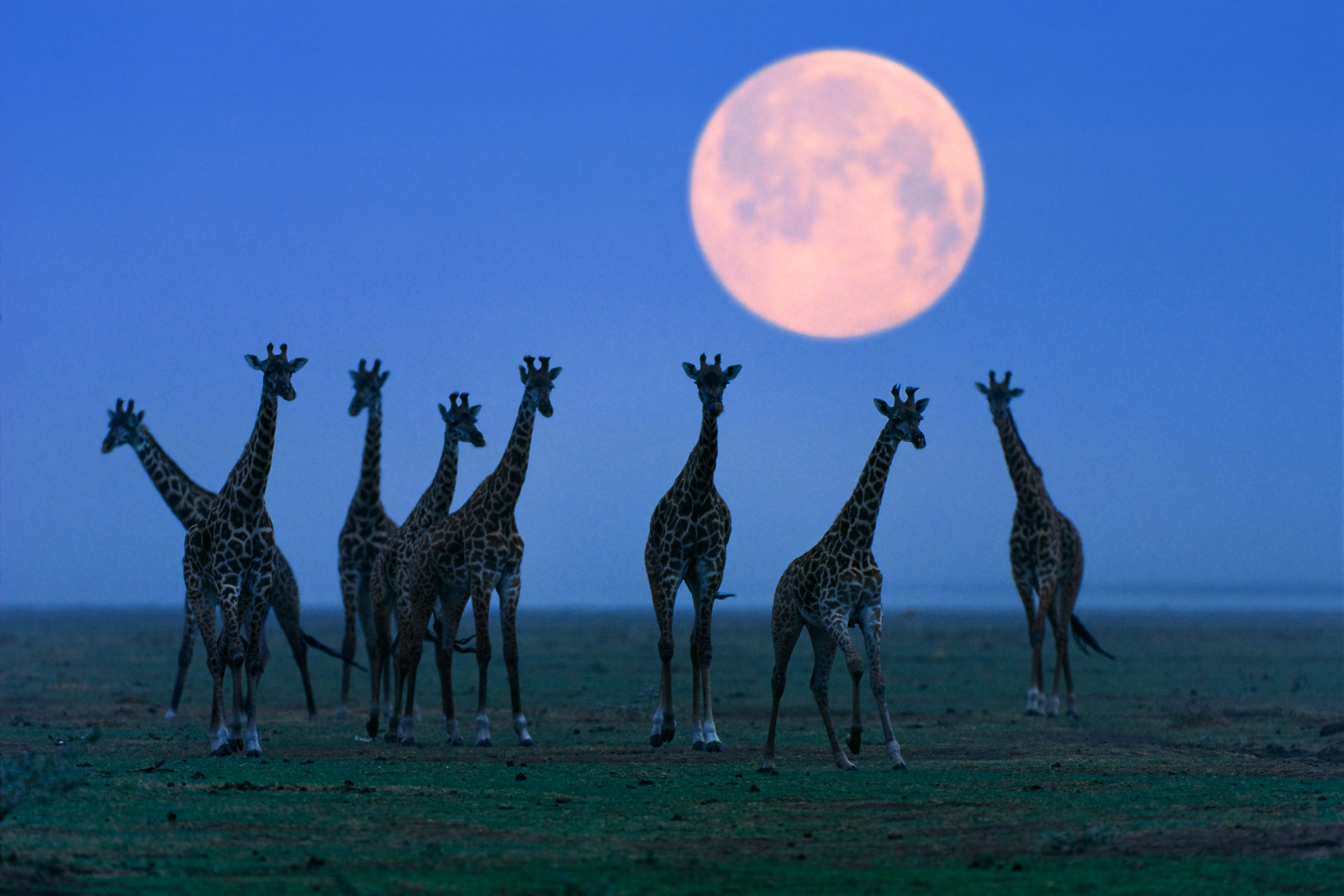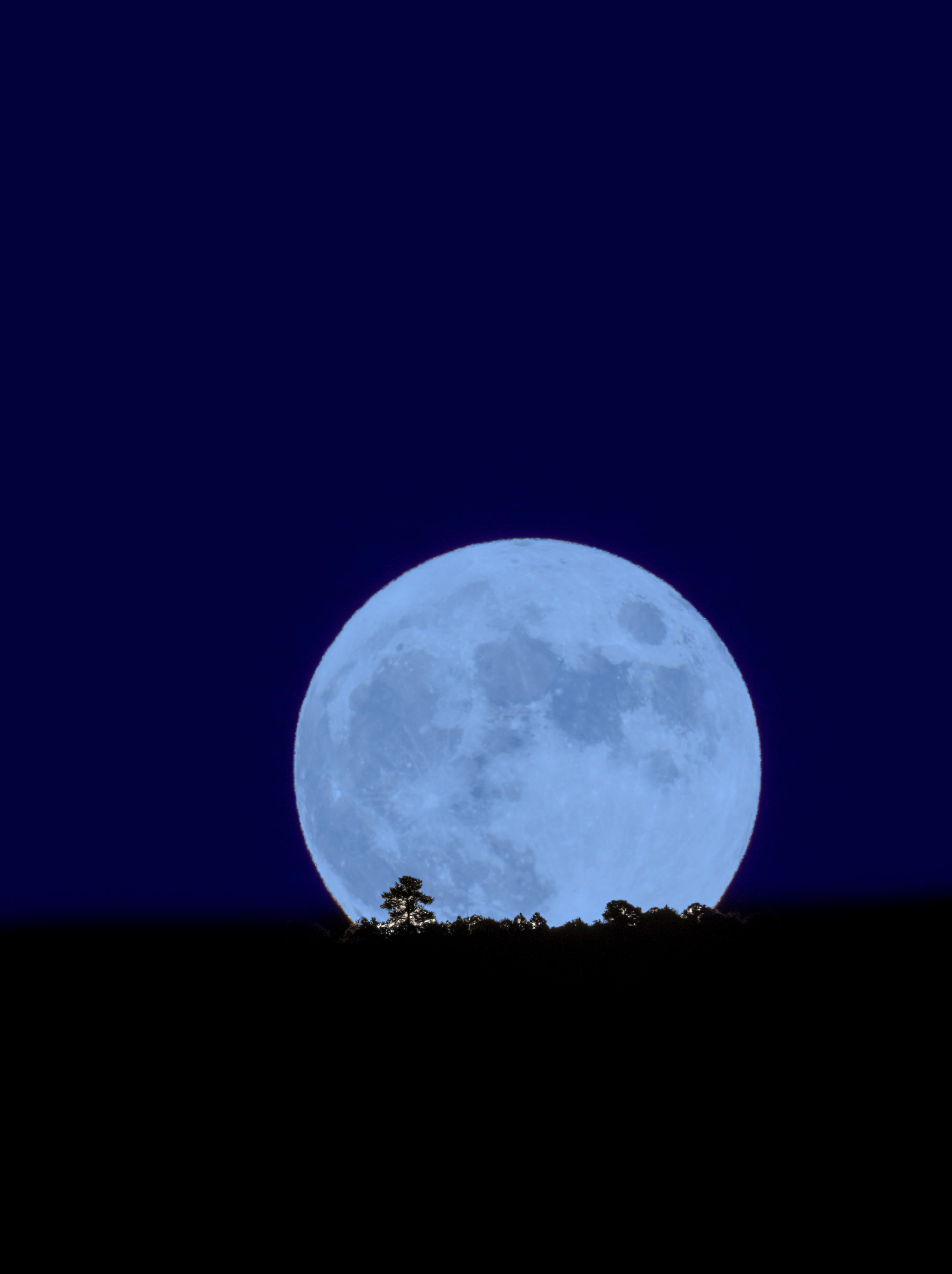Curious Question: Why can we see the moon during the day?
For many years, Martin Fone was convinced that the moon was inextricably linked with the night. Having realised his error, he ponders why it's so rare to see — or at any rate to notice — the moon in the daytime sky.


Life seemed so much simpler when I was a child, full of black and white with nary a shade of grey interposing itself to confuse or perplex me. Night was a time of darkness with the moon in the ascendancy whilst the sun reigned in all its splendour during the day. The heavy banks of cloud and the temperamental British weather often meant that I had to take their presence as a given, but that was good enough for me.
With the dichotomy between day and night being so extreme and the sun and moon the largest spheres visible in the sky, it is not surprising that many ancient peoples were drawn to worship them. So ingrained was the practice that the Old Testament went out of its way to condemn this form of perceived idolatry. In the book of Deuteronomy, for example, the reader is warned, 'not to lift your eyes to heaven and see the sun and the moon and the stars, all the host of heaven, and be drawn away and worship them and serve them, those which the Lord, your God, has allotted to all the peoples under the whole heaven.’ (4:19).
Perhaps it was because I did not lift my eyes to heaven that, for many years, I was convinced that the moon was inextricably linked with the night and missed the fact that on occasions it was perfectly visible during daylight, becoming a sort of celestial interloper into the settled universal order of my childhood. How did that happen and, if I followed the right astronomical advice at the right time, could I even see the sun during the night?
"Ancient Babylonian astrologers considered the moon to be the most important of the celestial spheres"
Of course, the moon has nothing to do with the division between daylight and night-time. The Earth rotates around not only the sun but also its own axis. This means that for a certain part of a 24-hour period roughly half of the world is facing the sun and receives natural illumination in the form of direct sunlight. The actual period of sunlight is determined by the precise tilt of the Earth. At the same time, the remainder of the planet is facing away from the sun and as its rays cannot reach it, darkness prevails. So, no, I could not see the sun at night.
It is also a misconception that the moon rises just as the sun is setting and sets when it is rising. The only time in a lunar month that this happens is at the full moon when the moon is directly opposite, or 180 degrees away from, the sun. It is also the point when the moon appears at its brightest.
On the other hand, it is invisible to the naked eye when it moves directly between the Earth and the sun, the phase we call the new moon, when the sun’s light shines fully on to the side of the moon facing away from us. For the rest of the time it makes a stately progress along a semicircle, positioned somewhere between 0 and 180 degrees from the sun. The timing of its rise and setting is most out of synchrony with the setting and rise of the sun when it is approaching the point where it is almost 90 degrees away from the sun, in other words when it is reaching its first and last quarters. It is at these points in its orbit that we are most likely to see the moon in daylight.
That said, it should be possible to see the moon in daylight at any time other than at the new and moon phases. Earth’s axial rotation means that in any 24-hour period, the moon will be above the horizon at any one point for roughly twelve hours. Whilst that twelve-hour period will not coincide with a full stretch of daylight, there will be several hours when the moon’s position above the horizon occurs during a period of light.
Exquisite houses, the beauty of Nature, and how to get the most from your life, straight to your inbox.
"The moon's edges appear to be just as bright as its centre"
What also helps us to see the moon as clearly as we do, whether at night or during daylight, is its proximity to our planet. At its nearest point, at what the astronomers call its Perigee, it is 104 times closer to Earth and at its Apogee, when it is furthest away, 644 times nearer than the next adjacent heavenly object, Venus. The fact that the moon dwarfs anything else in the sky simply reflects the fact that it is nearer to us, a reason why it was selected as the go-to destination for space exploration and continues to be so to this day. I will watch with interest how the first tentative steps into providing commercial trips to the moon take off.
Despite a theory espoused by a proverb that gained popularity during the 16th and 17th centuries, the moon is not made of green cheese, another childhood illusion sadly shattered by science. Despite the absence of cheese, green or otherwise, lunar soil enhances its visibility. Look at most stars, including the sun, through a telescope and you will see that they are brighter at their centre and duller towards the outer edges. This is a phenomenon which astronomers call limb darkening. With the moon, though, its soil reflects more light back directly towards the sun than in other directions, with the result that its edges appear to be just as bright as its centre.
With all of these factors in its favour, why is still relatively uncommon sight to see the moon during daylight in Britain?
The answer, in part, is down to the good old British weather. Any form of cloud covering in the relevant spot will prevent us from glimpsing the moon. Then there is the horizon to consider. Anyone who has travelled to the Prairies in North America will be familiar with the big skies to be found there, where the sky seems to dominate your sightline, providing an enormous canvas in which to spot the moon during daylight. In comparison, the British skies — in most of the country — are much smaller, filled with obstructions, some natural, others man-made, the skyline more crowded, forcing you to look to the upper reaches of the sky and, consequently, reducing your chances of seeing the moon make its appearance in broad daylight.
When I do see the moon in daylight, the fine spell of weather in late May this year coinciding with the optimal lunar phase made it a regular spectacle, I find it a source of wonder, delighted that it is unwilling to be constrained by the boundaries of the night. No wonder the ancient Babylonian astrologers considered the moon to be the most important of the celestial spheres.

Curious Questions: What actually is a Blue Moon? And is it really blue?
It's a phrase which gets bandied around all the time, but what does a 'Blue Moon' actually consist of? And

Carla Carlisle: 'Spending billions to send a man to the Moon seemed a terrible distraction and an insane waste of money'
Carla Carlisle recalls her memories of the moon landings 40 years on.
After graduating in Classics from Trinity College Cambridge and a 38 year career in the financial services sector in the City of London, Martin Fone started blogging and writing on a freelance basis as he slipped into retirement. He has developed a fearless passion for investigating the quirks and oddities of life and discovering the answers to questions most of us never even think to ask. A voracious reader, a keen but distinctly amateur gardener, and a gin enthusiast, Martin lives with his wife in Surrey. He has written five books, the latest of which is More Curious Questions.
